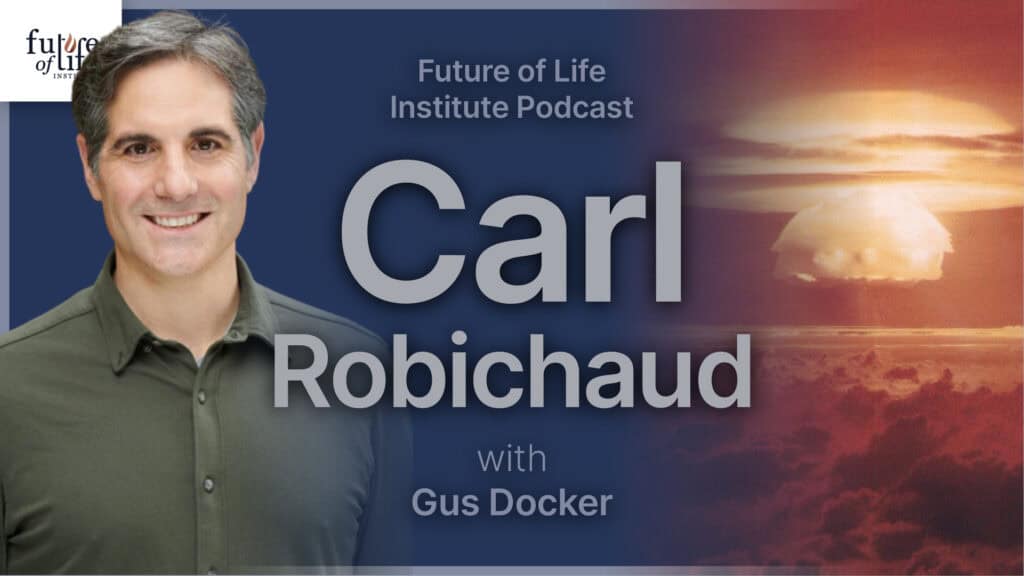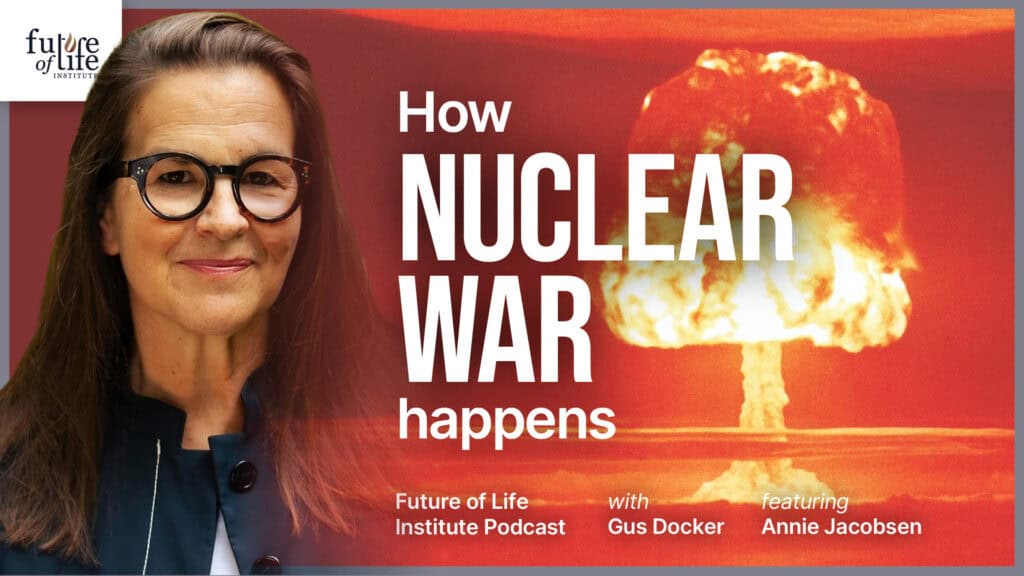Support Grows for UN Nuclear Weapons Ban
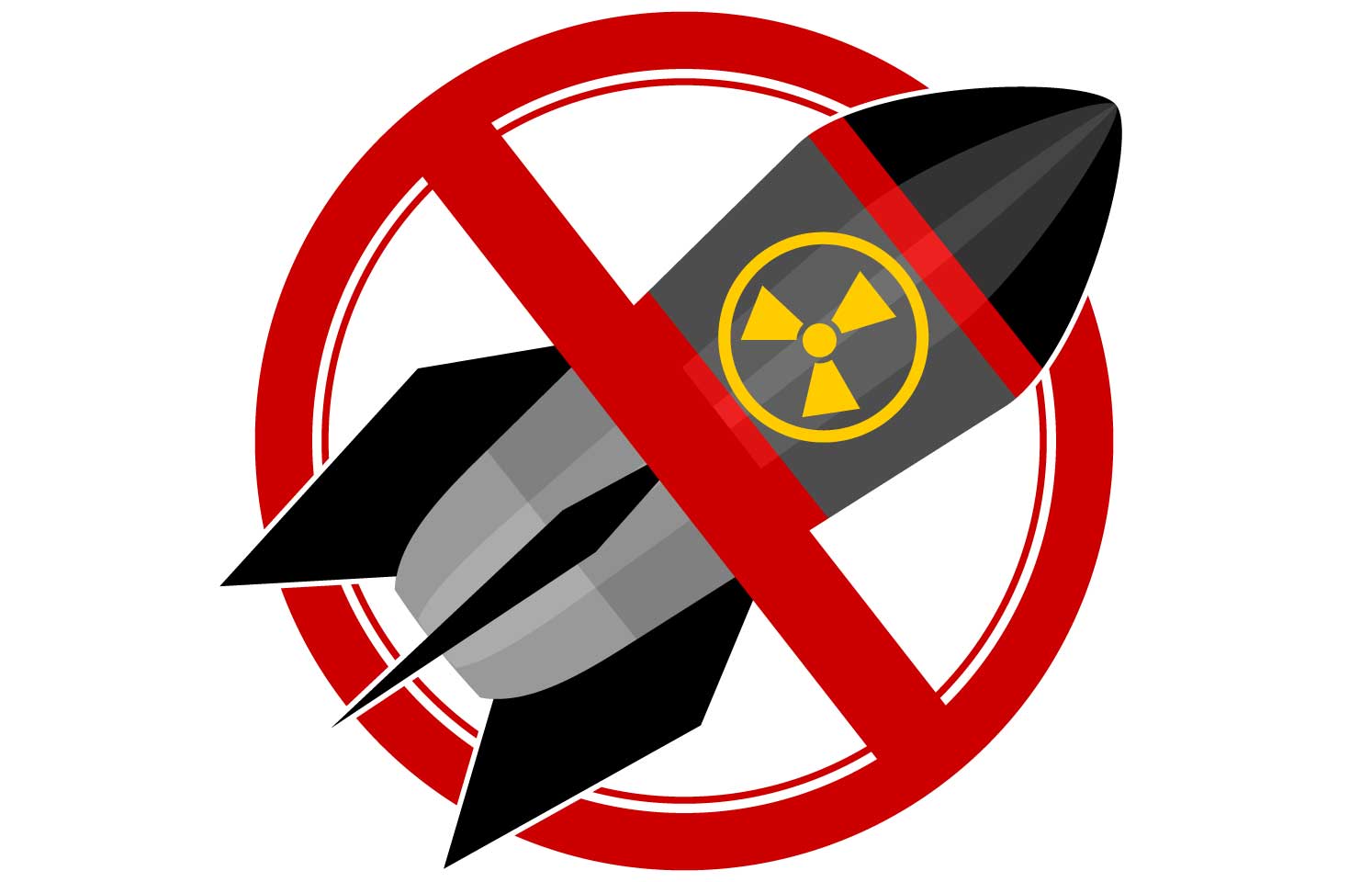
Contents
“Do you want to be defended by the mass murder of people in other countries?”
According to Princeton physicist Zia Mian, nuclear weapons are “fundamentally anti-democratic” precisely because citizens are never asked this question. Mian argues that “if you ask people this question, almost everybody would say, ‘No, I do not want you to incinerate entire cities and kill millions of women and children and innocent people to defend us.’”
With the negotiations to draft a treaty that would ban nuclear weapons underway at the United Nations, much of the world may be showing it agrees. Just this week, a resolution passed during a meeting of the United States Conference of Mayors calling for the US to “lower nuclear tensions,” to “redirect nuclear spending,” and to “support the ban treaty negotiations.”
And it’s not just the US Conference of Mayors supporting a reduction in nuclear weapons. In October of 2016, 123 countries voted to pursue these negotiations to draft a nuclear ban treaty. As of today, the international group, Mayors for Peace, has swelled to “7,295 cities in 162 countries and regions, with 210 U.S. members, representing in total over one billion people.” A movement by the Hibakusha – survivors of the bombs dropped on Hiroshima and Nagasaki – has led to a petition that was signed by nearly 3 million people in support of the ban. And this spring, over 3700 scientists from 100 countries signed an open letter in support of the ban negotiations.
Yet there are some, especially in countries that either have nuclear weapons or are willing to let nuclear weapons be used on their behalf, who worry that the ban treaty could have a destabilizing effect globally. Nuclear experts, scientists, and government leaders have all offered statements why they believe the world will be better off with this treaty.
The Ultimate Equalizer
“I support a ban on nuclear weapons because I know that a nuclear bomb is an equal opportunity destroyer.” -Congresswoman Barbara Lee.
Today’s nuclear weapons can be as much as 100 times bigger than the bomb dropped on Hiroshima, and just one would level a radius within a city that was miles wide, with the carnage outside the blast zone extending even further. This destruction would include the hospitals and health facilities that would be necessary to treat the injured.
As the US Conference of Mayors noted, “No national or international response capacity exists that would adequately respond to the human suffering and humanitarian harm that would result from a nuclear weapon explosion in a populated area, and [such] capacity most likely will never exist.”
And the threat of nuclear weapons doesn’t end with the area targeted. Climate scientist Alan Robock and physicist Brian Toon estimate that even a small, regional nuclear war could lead to the deaths of up to 1 billion people worldwide as global temperatures plummet and farms fail to grow enough food to feed the population.
Toon says, “If there were a full-scale conflict with all the nuclear weapons on the planet. Or a conflict just involving smaller countries with perhaps 100 small weapons. In either case, there’s an environmental catastrophe caused by the use of the weapons.”
Robock elaborates: “The smoke from the fires could cause a nuclear winter, if the US and Russia have a nuclear war, sentencing most of the people in the world to starvation. Even a very small nuclear war could produce tremendous climatic effects and disruption of the world’s food supplies. The only way to prevent this happening is to get rid of the weapons.”
Destabilization and Rising Political Tensions
Many of the concerns expressed by people hesitant to embrace a ban on nuclear weapons seem to revolve around the rising geopolitical tensions. It’s tempting to think that certain people or countries may be at more risk from nuclear weapons, and it’s equally tempting to think that living in a country with nuclear weapons will prevent others from attacking.
“The key part of the problem is that most people I know think nuclear weapons are scary but kind of cool at the same time because they keep us safe, and that’s just a myth.” -MIT physicist Max Tegmark
Among other things, heightened tensions actually increase the risk of an accidental nuclear attack, as almost happened many times during the Cold War.
Nuclear physicist Frank von Hippel says, “My principal concern is that they’ll be used by accident as a result of false warning or even hacking. … At the moment, in a ‘launch on warning’ posture. The US and Russia are sort of pointed at each other. That’s an urgent problem, and we can’t depend on luck indefinitely.”
“Launch on warning” means that either leader would have roughly 10-12 minutes to launch what they think is a retaliatory nuclear attack, which doesn’t leave much time to confirm that warning signals are correct and not just some sort of computer glitch.
Many people often misinterpret the ban as requiring unilateral disarmament. However, the purpose of the ban is to make weapons that cause these indiscriminate and inhumane effects illegal — and set the stage for all countries to disarm.
Tegmark explains, “The UN treaty … will create stigma, which, as a first step, will pressure countries to slash their excessive arsenals down to the minimal size needed for deterrence.”
For example, the United States has not signed the Mine Ban Treaty because they still maintain landmines along the border between North and South Korea, but the stigma of the treaty helped lead the U.S. to pledge to give up most of its landmines.
North Korea also comes up often as a reason countries, and specifically the U.S., can’t decrease their nuclear arsenals. When I asked Mian about this, his response was: “North Korea has 10 nuclear weapons. The United States has 7,000. That’s all there is to say.”
The Pentagon has suggested that the U.S. could ensure deterrence with about 300 nuclear weapons. That would be a mere 4% of our current nuclear arsenal, and yet it would still be 30 times what North Korea has.
The Non-Proliferation Treaty
Many people have said that they fear a new treaty that bans nuclear weapons outright could undermine the Non-Proliferation Treaty (NPT), but supporters of the ban insist that the new ban would work in conjunction with the NPT. However supporters have also expressed frustration with what they see as failings of the NPT.
Lawrence Krauss, physicist and board member for the Bulletin of Atomic Scientists explains, “190 countries have already adhered to the non-proliferation treaty. But in fact we are not following the guidelines of that treaty, which says that the nuclear state should do everything they can do disarm. And, we’re violating that right now.”
Lisbeth Gronlund, a physicist and nuclear expert with the Union of Concerned Scientists adds, “The nuclear non-proliferation treaty has two purposes, and it has succeeded at preventing other states from getting nuclear weapons. It has failed in its second purpose, which is getting the nuclear weapons states to disarm. I support the ban treaty because it will pressure the nuclear weapons states to do what they are already obligated to do.”
Money
Maintaining nuclear arsenals is incredibly expensive, and now the U.S. is planning to spend $1.2 trillion to upgrade its arsenal (this doesn’t take into account the money that other nuclear countries are also putting into their own upgrades).
Jonathan King, a biologist and nuclear expert says, “Very few people realize that it’s their tax dollars that pay for the development and maintenance of these weapons – billions and billions of dollars a year. The cost of one year of maintaining nuclear weapons is equivalent to the entire budget of the National Institute of Health responsible for research on all of the diseases that afflict Americans: heart disease, stroke, Alzheimer’s, arthritis, diabetes. It’s an incredible drain of national resources.”
William Hartung, a military spending expert, found that it would be more cost effective to just burn $1 million every hour for the next 30 years.
Final Thoughts
“Today, the United Nations is considering a ban on nuclear weapons. The political effect of that ban is by no means clear. But the moral effect is quite clear. What we are saying is there ought to be a ban on nuclear weapons.” –Former Secretary of Defense, William Perry.
Beatrice Fihn is the Executive Director of ICAN, which has helped initiate and mobilize support for the nuclear ban treaty from the very beginning, bringing together 450 organizations from over 100 countries.
“Nuclear weapons are intended to kill civilians by the millions,” Fihn points out. “Civilized people no longer believe that is acceptable behavior. It is time to place nuclear weapons alongside chemical and biological weapons, as relics we have evolved beyond. Banning these weapons in international law is a logical first step to eliminating them altogether, and we’re almost there.”
About the Future of Life Institute
The Future of Life Institute (FLI) is a global think tank with a team of 20+ full-time staff operating across the US and Europe. FLI has been working to steer the development of transformative technologies towards benefitting life and away from extreme large-scale risks since its founding in 2014. Find out more about our mission or explore our work.
Related content
Other posts about Nuclear, Recent News
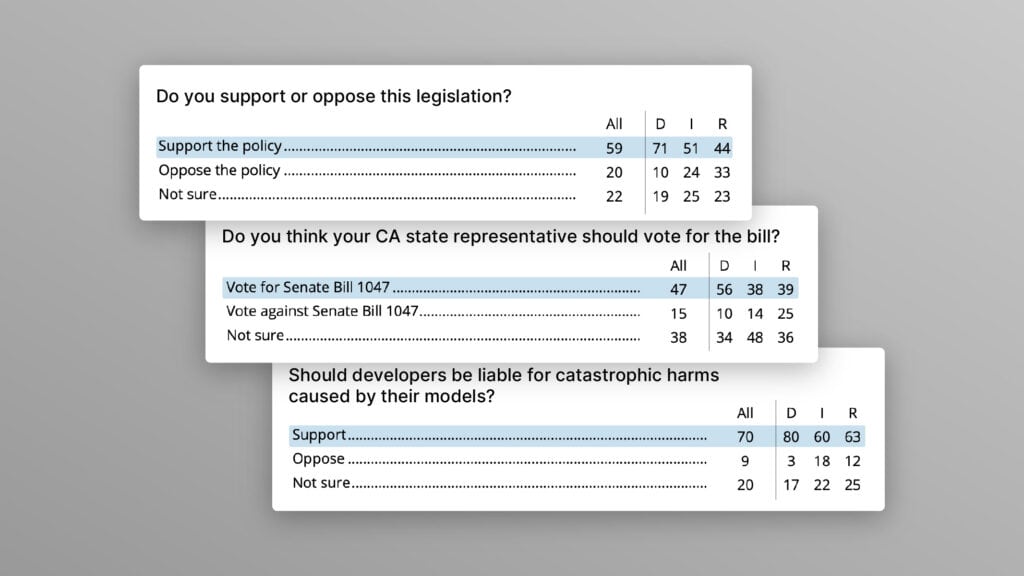
Poll Shows Broad Popularity of CA SB1047 to Regulate AI
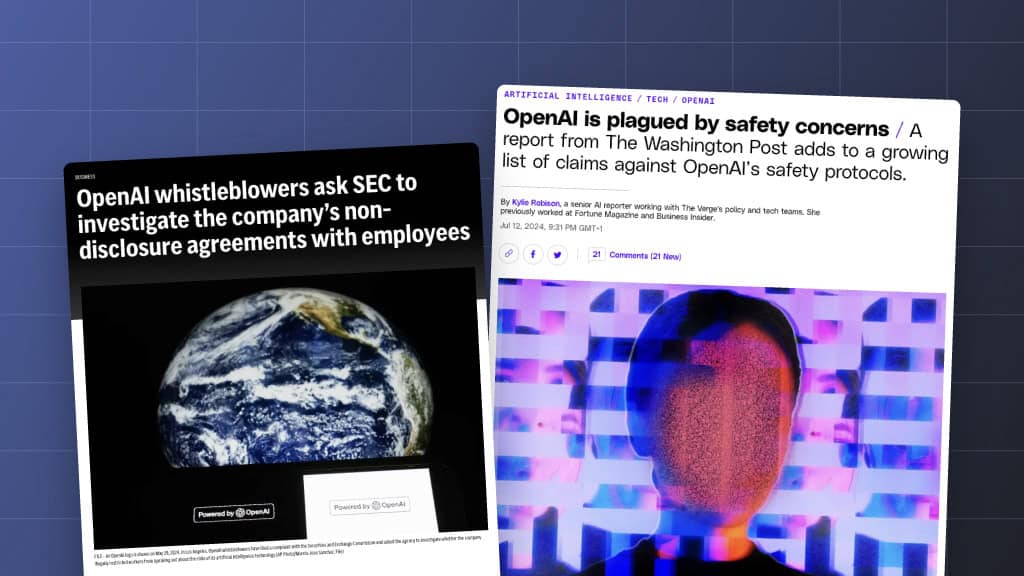
FLI Praises AI Whistleblowers While Calling for Stronger Protections and Regulation
